7. The basic request for the cable end and the center discussion:
a. Excellent conductor connection;
b. Reliable insulation, recommend the use of radiation cross-linked heat shrinkable silicone rubber insulation material;
c. Excellent sealing;
d. Sufficient machine strength, Can adapt to various operating conditions.
8. The cable end must be waterproof and corroded by other corrosive materials to prevent breakdown due to aging of the insulation layer caused by water trees.
9. Cable loading and unloading must use cranes or forklifts to prevent horizontal transportation and laying flat. When large cables are placed, cable cars must be used to prevent cables from being damaged by external forces or scratching the insulation layer due to manual dragging.
10. If the cable cannot be laid in real time for some reason, it should be stored in a dry place to prevent sun exposure and water ingress at the end of the cable.
Secondly, it is also a link that should not be underestimated, which is to carry out an acceptance inspection on the installation cable to see if there are any omissions.
(1) First, please check and accept the user to see if the cable shows whether there is damage, and the construction personnel use a multimeter to test the resistance and insulation resistance of each cable to confirm whether the cable resistance is normal and whether the insulation is normal, and record it.
(2) The user’s supervisor is asked to check and accept the entire laying. The main items for acceptance are:
A) Whether the laying of the insulation layer is smooth;
B) If there is a reflective film installed, check whether the laying of the reflective film is smooth;
C) Barbed wire installation Whether it is flat and fixed.
D) After the heating cable is energized, whether the surface temperature of the cable has increased significantly, and sign on the acceptance sheet for confirmation.

 ENGLISH
ENGLISH 简体中文
简体中文 GERMAN
GERMAN SPAIN
SPAIN
 +86 181-5747-1135
+86 181-5747-1135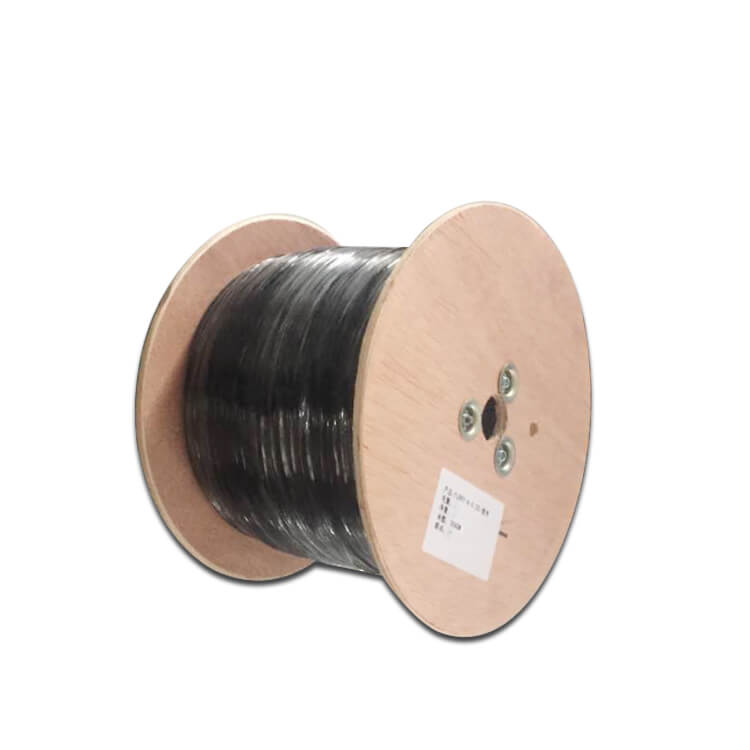
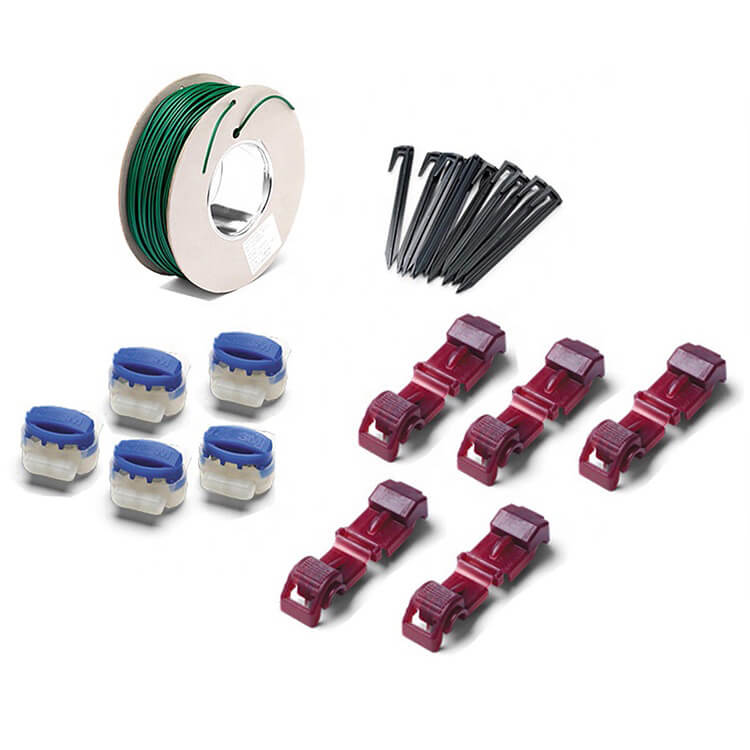
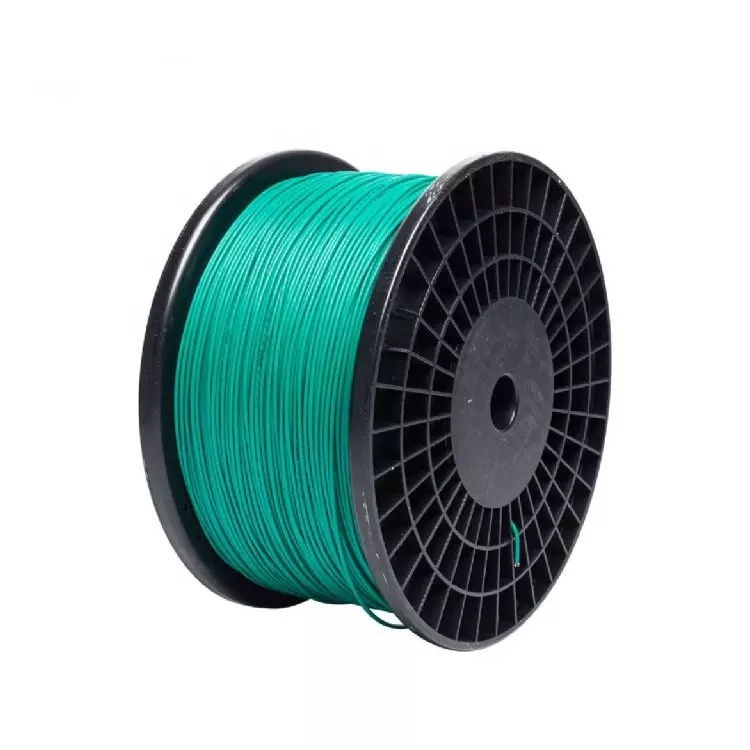
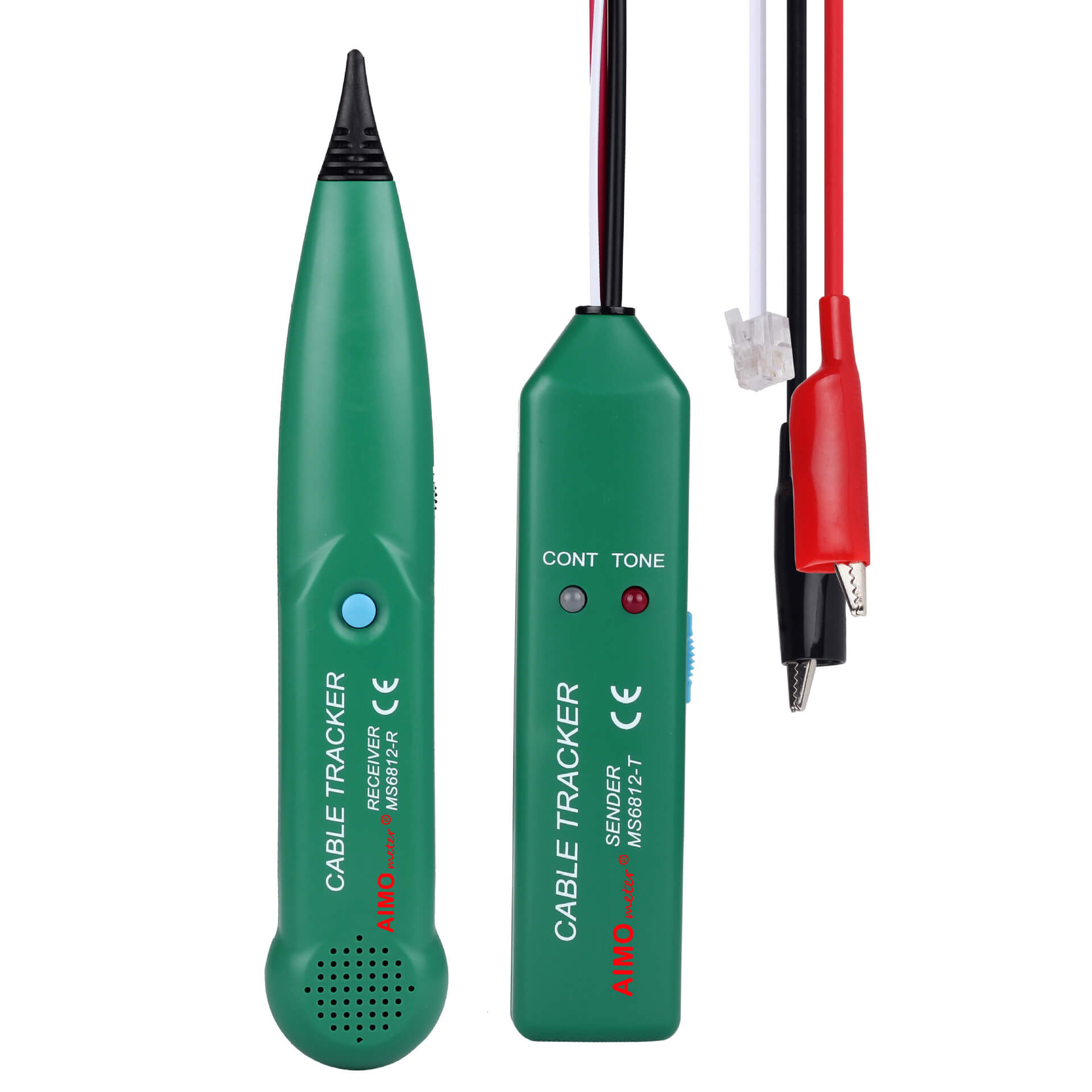


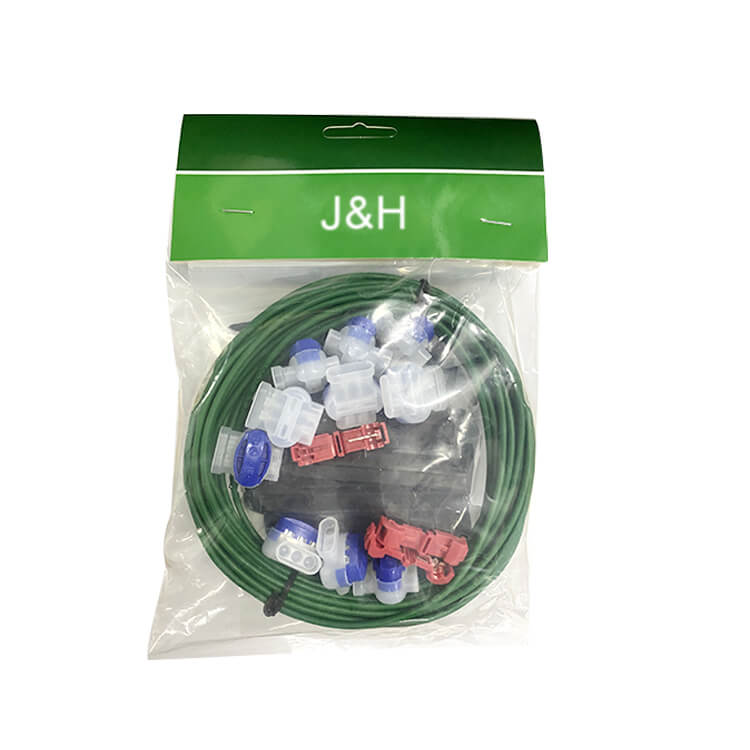
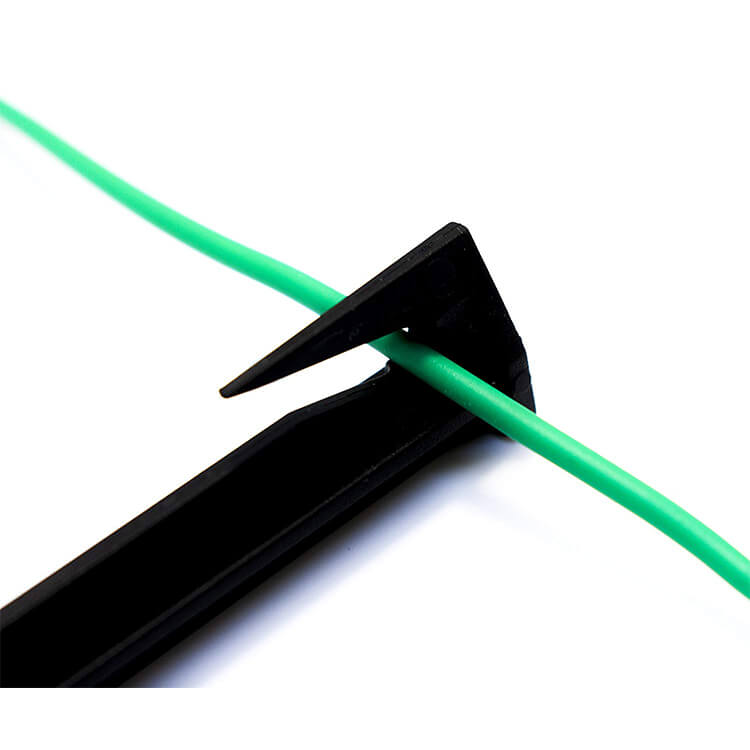
 Abroad:+86 181 5747 1135
Abroad:+86 181 5747 1135 FAX: +86 574 8900 7636
FAX: +86 574 8900 7636 E-mail:
E-mail: 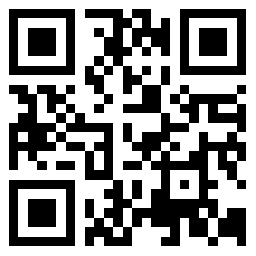

 read the map
read the map

